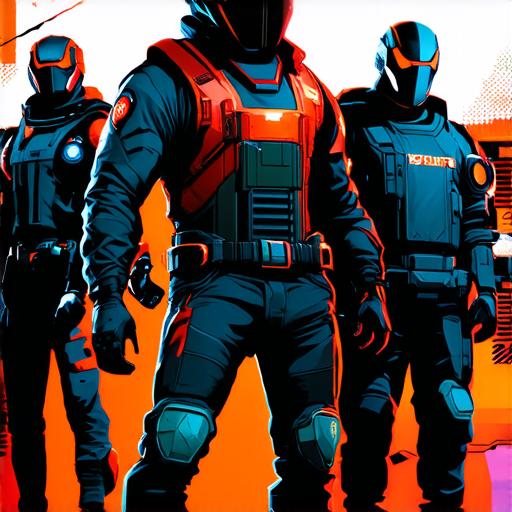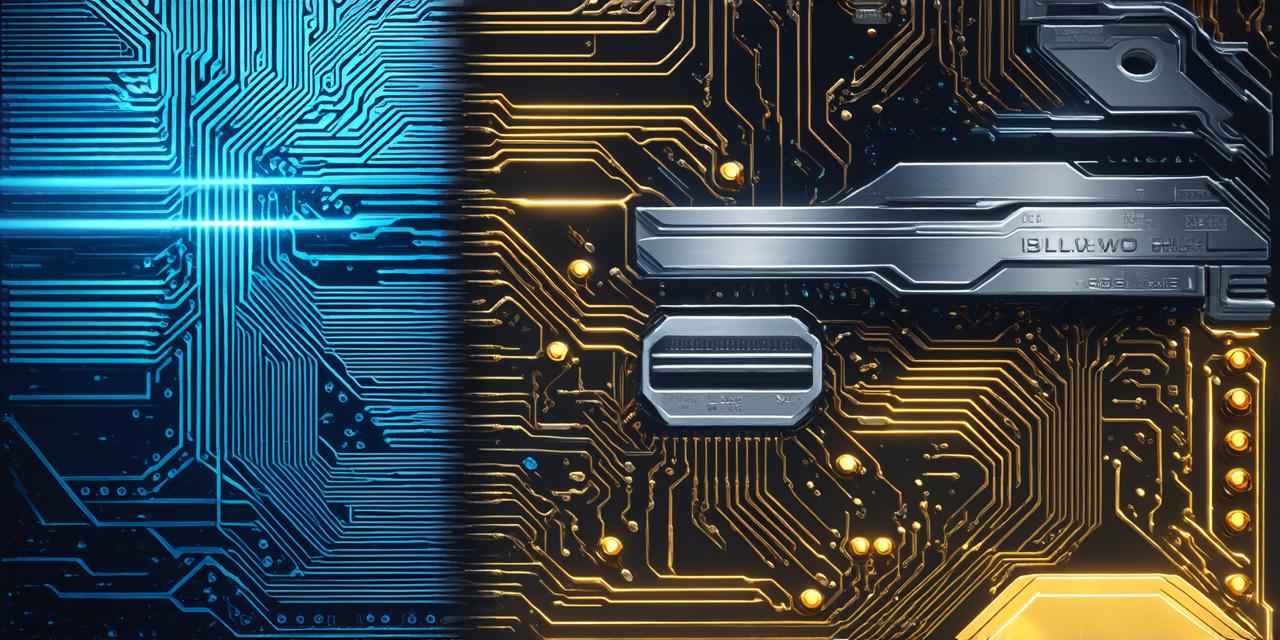Video games have been a popular form of entertainment for decades, with millions of people around the world playing and enjoying them. For those who are interested in creating their own games, the process can be daunting. However, with the right knowledge and tools, anyone can make a video game.
Idea Generation: The First Step
The first step in creating a video game is to come up with an idea for the game. This can be anything from a simple concept like “guess the number” to a complex storyline involving multiple characters and locations. To generate ideas, brainstorming sessions are a great way to get started.
It’s important to remember that a game idea doesn’t have to be completely original. Many successful games are based on existing concepts or themes, such as sports, adventure, or puzzle-solving. The key is to find an idea that you are passionate about and can see yourself spending time developing.
Game Design: Turning Ideas into Reality
Once you have a solid game idea, the next step is to design the game itself. This involves creating a detailed plan for the game’s mechanics, levels, characters, and other elements.
Game design software like Unity or Unreal Engine can be incredibly helpful during this process, as they allow you to create prototypes and test out different designs before committing to them.
One of the most important aspects of game design is playtesting. This involves testing the game with a small group of people to get feedback on what’s working and what isn’t. Playtesting can be done in-person or remotely, and it’s crucial for identifying any potential issues before moving forward with full development.
Programming: Bringing Your Game to Life

With your game design complete, the next step is to start programming the game itself. This involves writing code that will bring the game mechanics and elements to life.
Depending on the complexity of the game, this process can take anywhere from a few months to several years.
Programming for video games requires a strong understanding of coding languages like C++ or Java, as well as experience with game engines like Unity or Unreal Engine. There are also many online resources and tutorials available for those who are new to programming.
Art Assets: Creating the Visual Elements
In addition to programming, creating art assets is another crucial aspect of video game development. This involves designing characters, environments, and other visual elements that will be incorporated into the game.
Art assets can be created using a variety of software programs, including Photoshop, 3D modeling tools like Blender or Maya, and even hand-drawn techniques.
Art assets are an important aspect of game development because they help to create an immersive and engaging experience for players. High-quality art assets can make a big difference in the overall success of a game, so it’s important to invest time and resources into creating the best possible assets.
Audio: Bringing Sound and Music to Your Game
In addition to visual elements, audio is another crucial aspect of video game development. This includes sound effects, music, and voice acting.
To create high-quality audio for a game, you’ll need to invest in professional equipment like microphones and audio editing software like Pro Tools or Logic Pro.
Audio can greatly enhance the overall experience of a game, so it’s important to take the time to get it right. This may involve working with sound designers and composers to create custom music and effects that fit the game’s theme and mechanics.
